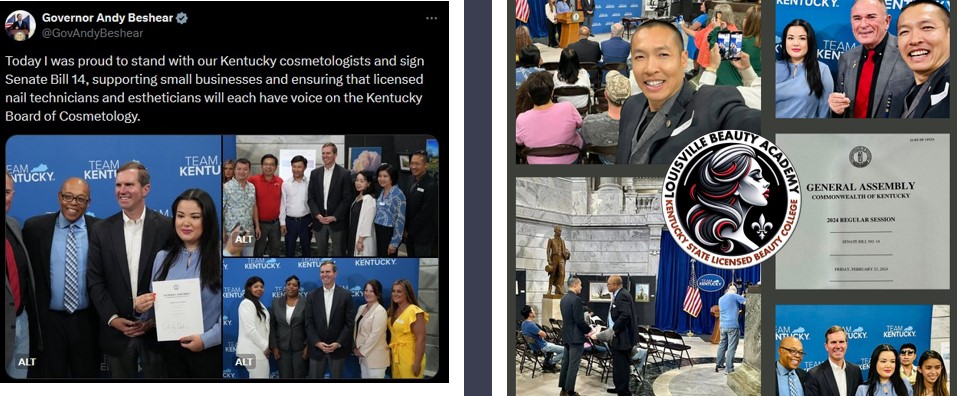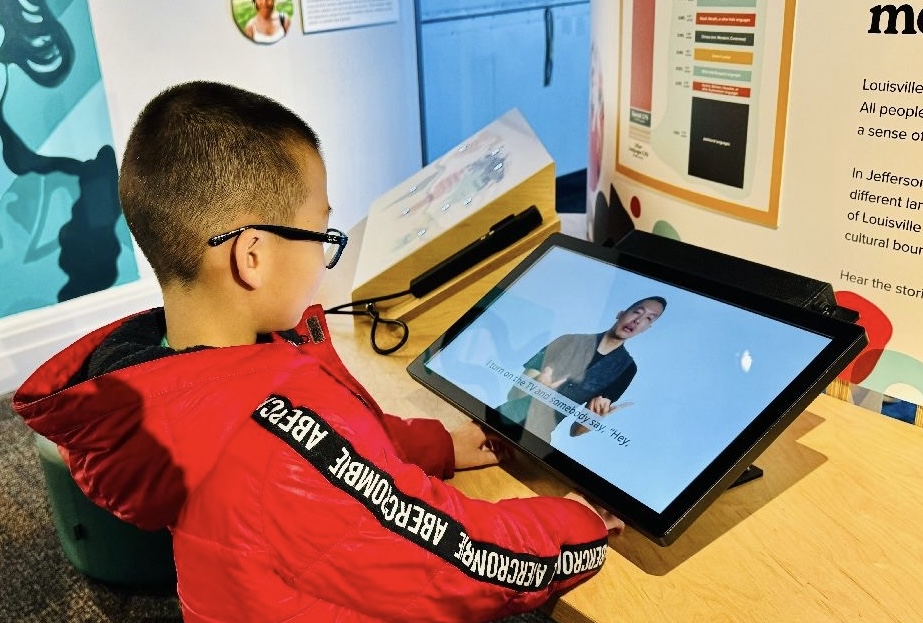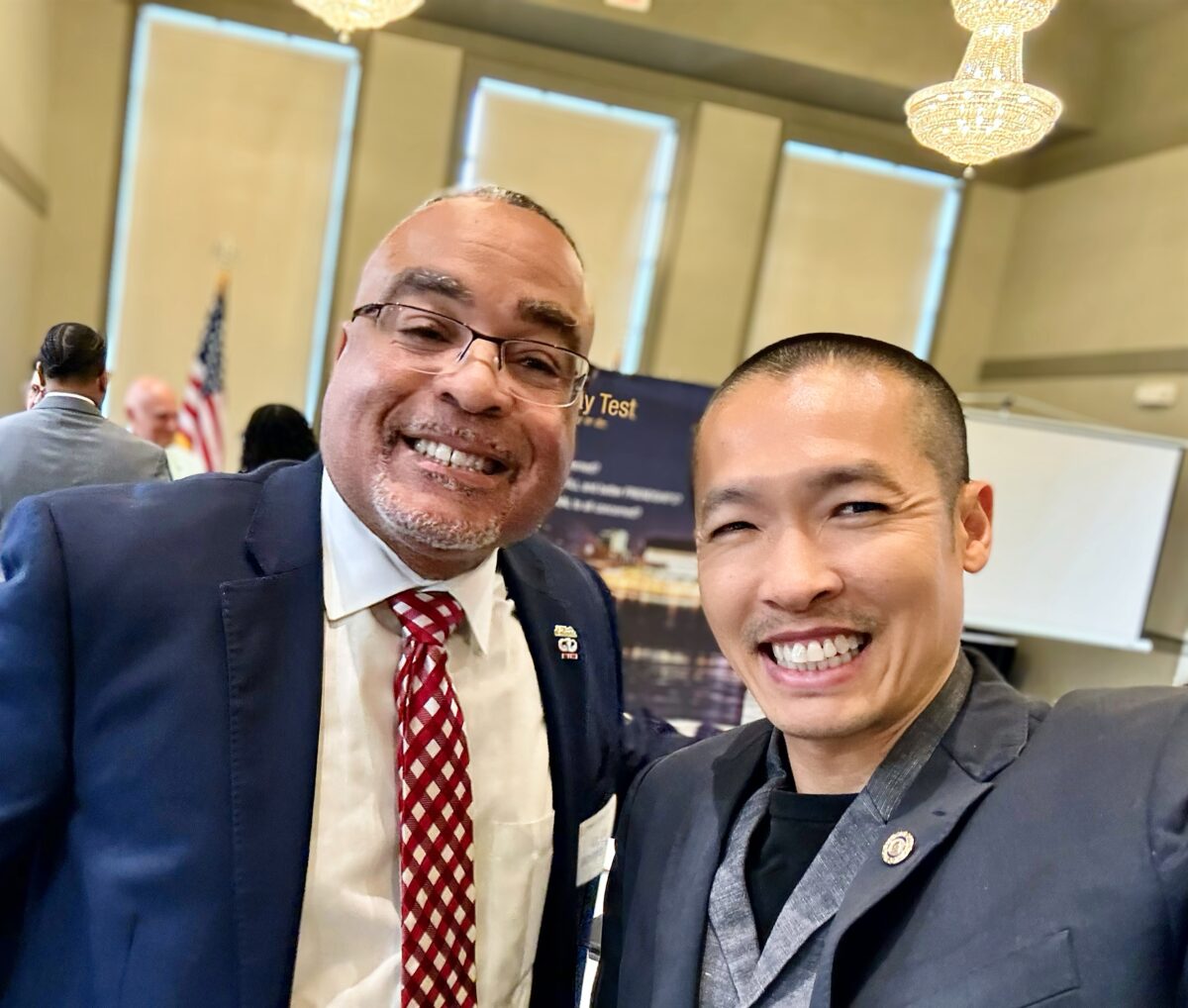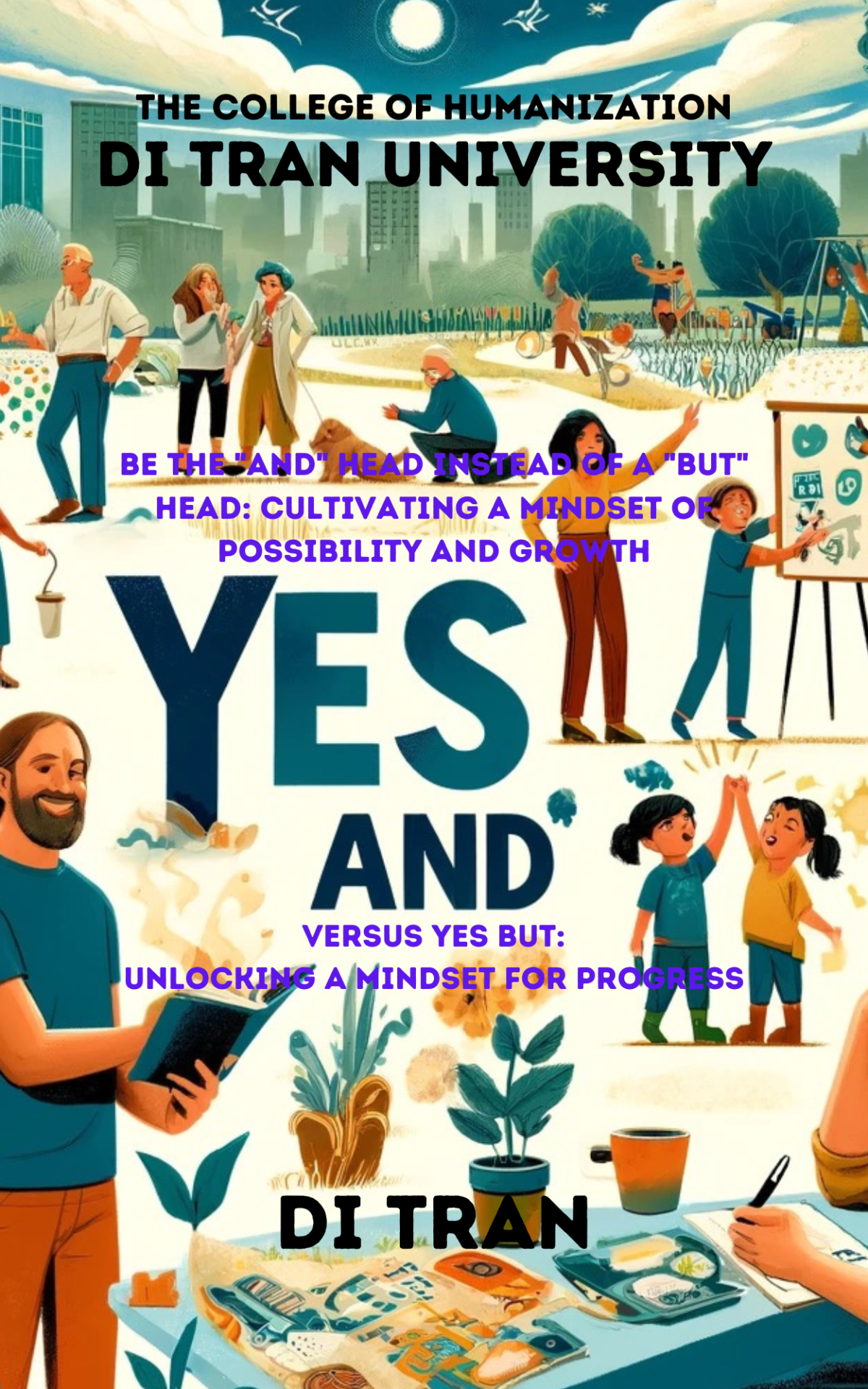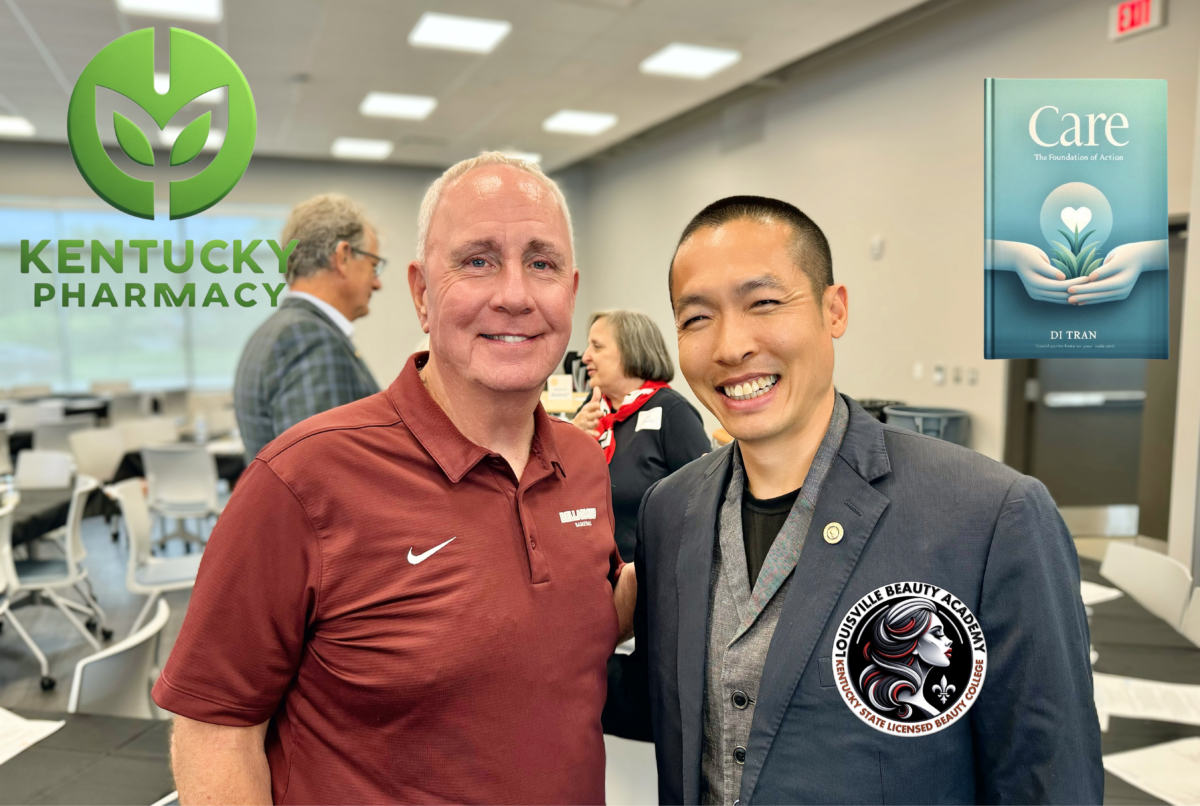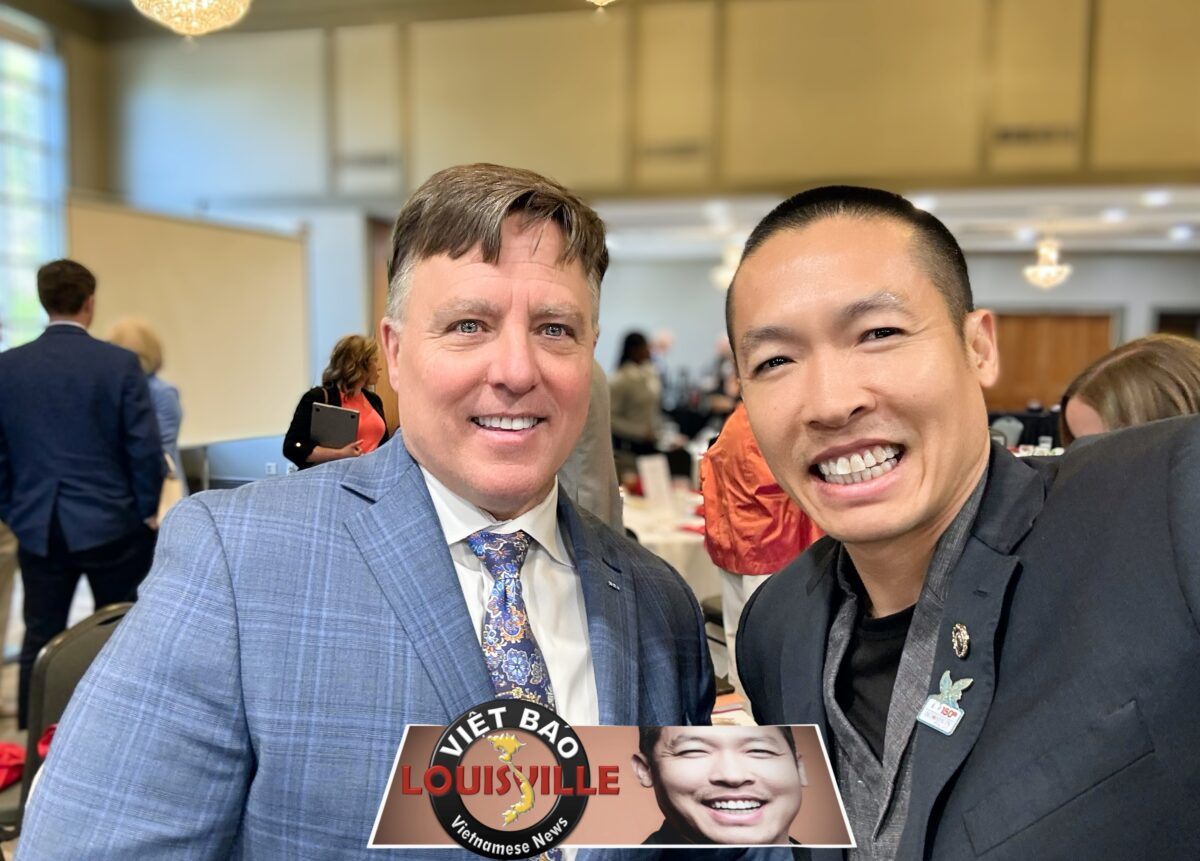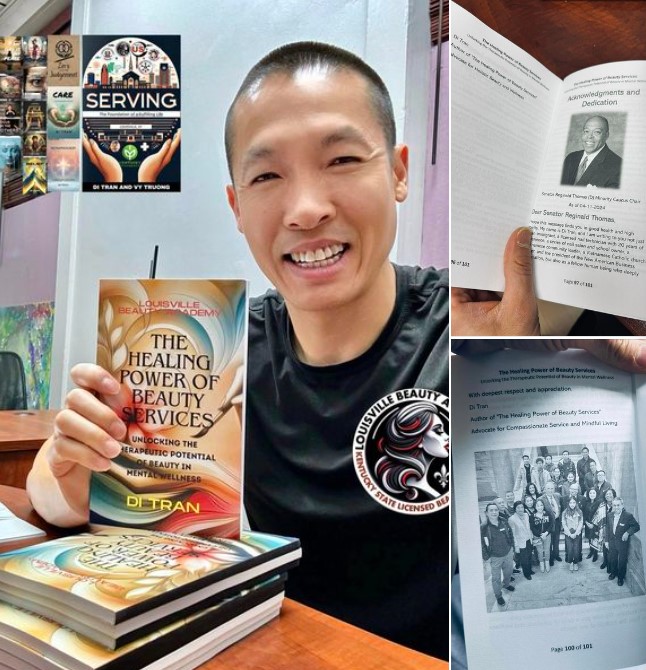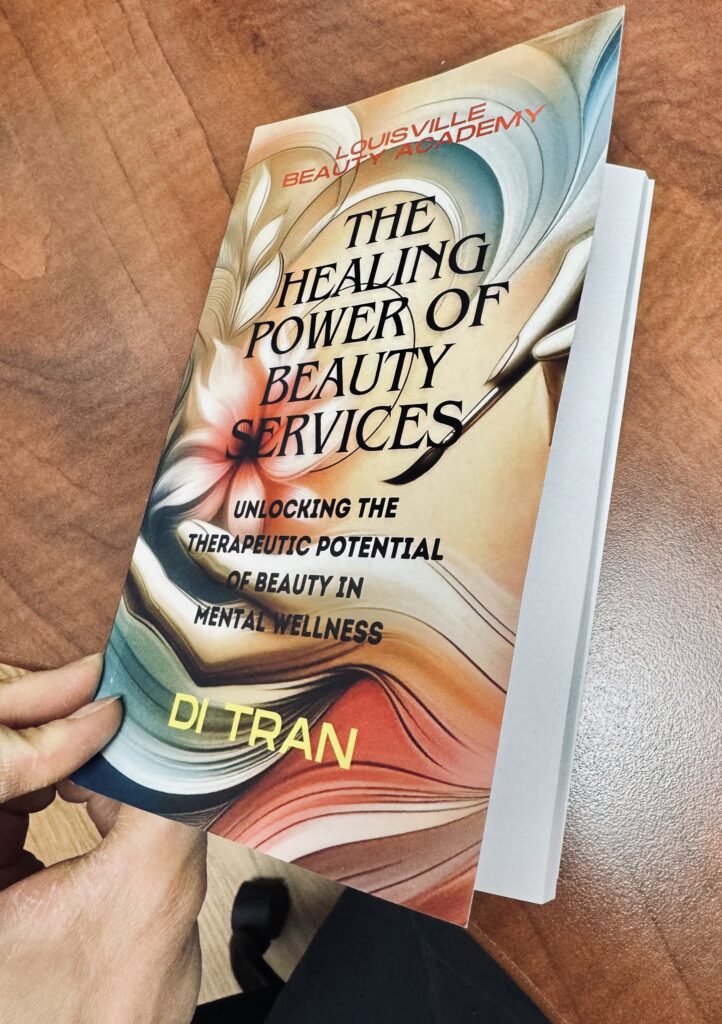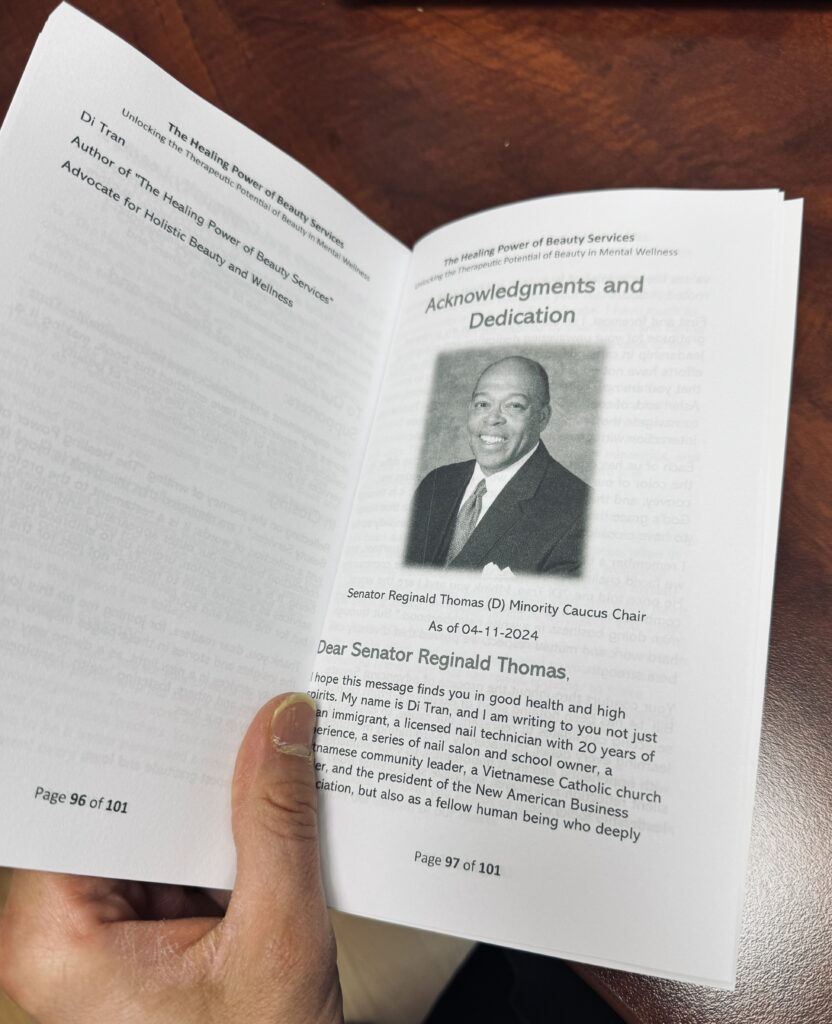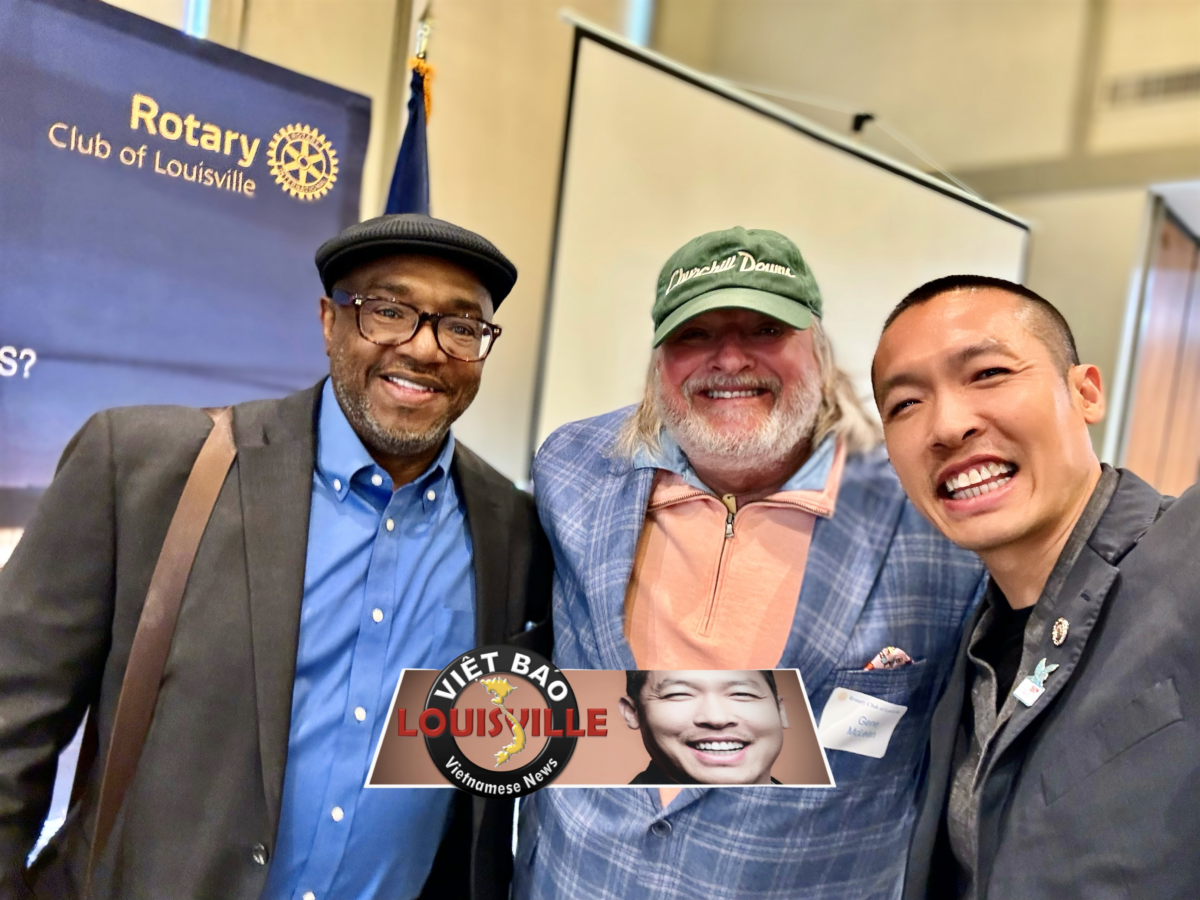Introduction
The Kentucky State Board of Cosmetology has recently undergone significant changes, reflecting a commitment to inclusivity, transparency, and fair representation within the beauty industry. These changes culminated in the historic signing of Senate Bill 14 by Governor Andy Beshear on June 3, 2024, followed by a pivotal board meeting on June 10, 2024. The meeting marked the first in-person public session since the COVID-19 pandemic and resulted in the approval of multi-language licensing exams.
Senate Bill 14: A Milestone for Inclusivity
Senate Bill 14 was introduced to address several critical issues within the Kentucky State Board of Cosmetology:
- Representation: The bill added two new board positions for a nail technician and an esthetician, ensuring that these previously underrepresented sectors have a voice in the board’s decisions.
- Inclusivity and Diversity: By incorporating diverse perspectives, the board aims to better serve the varied needs of beauty professionals across the state.
- Legal and Ethical Governance: The board has moved to replace its personal attorney with the Public Protection Cabinet’s attorney, promoting impartiality and adherence to public interest.
Multi-Language Licensing Exams Approved
A significant highlight of the June 10, 2024, board meeting was the unanimous approval of multi-language licensing exams. This decision aligns Kentucky with many other states that have already implemented such exams through the national agency PSI. PSI’s standardized exams are available in over five languages, ensuring accessibility for non-English speaking practitioners.
Expected Implementation
While the exact implementation date for the multi-language exams is yet to be determined, it is anticipated to be around September 2024. This timeline reflects the board’s commitment to swiftly addressing the needs of all beauty professionals, ensuring they can take licensing exams in their preferred language without unnecessary delays.
Community and Media Engagement
The journey to this milestone has been marked by robust community advocacy and extensive media coverage. Community leaders, business leaders, advocates, beauty industry professionals, licensees, students, and supporters have all played crucial roles in this process. Here are some of the media references that have covered the progress and impact of Senate Bill 14:
- WHAS11
- Spectrum News 1
- Kentucky Legislature – Senate Bill 14
- Louisville Beauty Academy – Spectrum News Coverage
- Spectrum News 1 – Lianna’s Nail School
- NewsBreak – Gov. Beshear Passes Bill
- FlipHTML5 – Kentucky Nail Technicians
- WHAS11 – Senate Bill 14 Passes Kentucky Legislature
- NKY Tribune – Opinion: John Schickel
- WKYT – House Committee Passes Bill
- PBS – Nail Tech Industry Policy Changes
- FOX 56 News – Licensing Tests
Transparency and Accountability
The Kentucky State Board of Cosmetology is committed to maintaining transparency and accountability. The return to in-person public meetings, the approval of multi-language exams, and the changes in legal representation all reflect this commitment. The board invites continued public participation and feedback to ensure that its actions are aligned with the needs and interests of all stakeholders.
For more details and updates, visit the Kentucky State Board of Cosmetology and Kentucky Court of Justice CourtNet for current court cases against board staff.
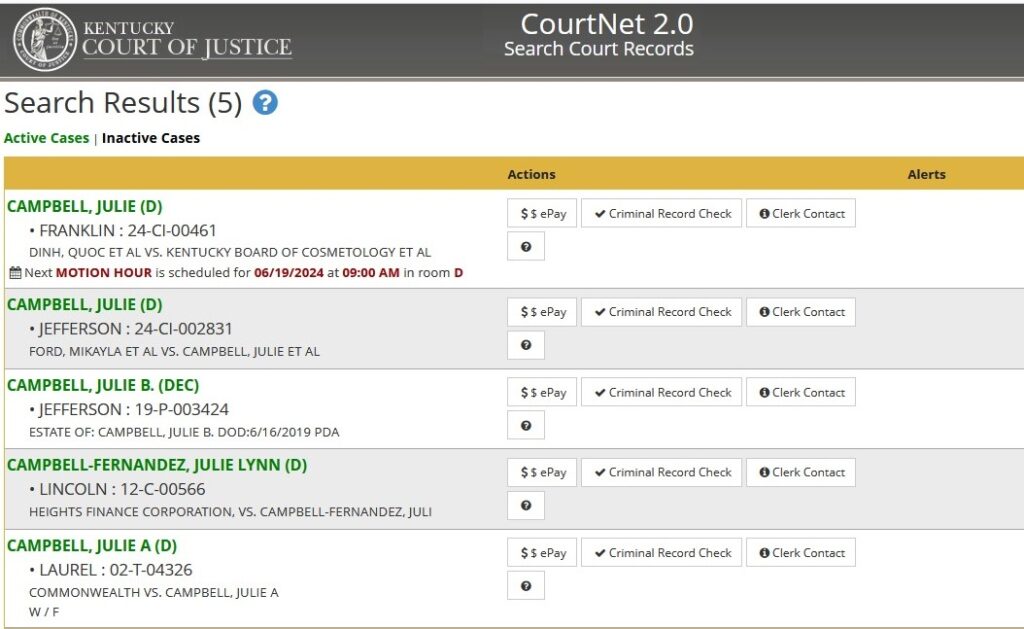
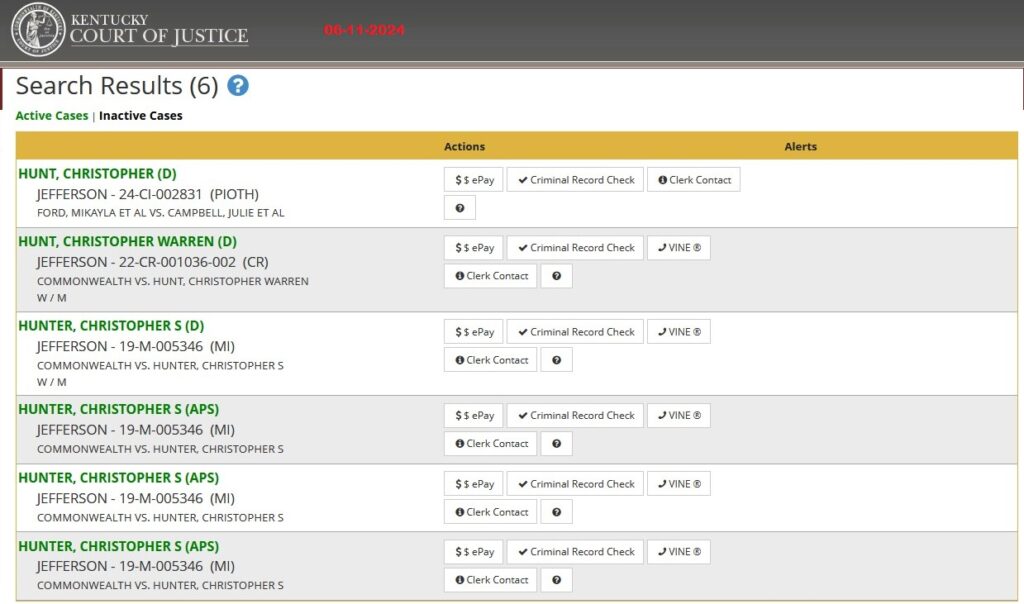
Disclaimer
This article is intended for informational purposes only and does not guarantee the accuracy of the information as details can change frequently. The aim is to keep the public informed with the latest known information.
Conclusion
The recent changes and approvals by the Kentucky State Board of Cosmetology signify a new era of inclusivity, fairness, and community engagement. The board’s actions demonstrate a commitment to addressing past grievances and moving forward in a manner that benefits all beauty professionals and community members in Kentucky.
Sponsored
Disclaimer
The content and views expressed by Viet Bao Louisville are solely those of the publication and do not reflect the opinions or positions of any sponsors. Sponsors do not have any say, endorse, or hold any legal connection to the content or postings of Viet Bao Louisville. The publication operates independently, and all information provided is for informational purposes only and subject to change. Sponsors are not responsible for the accuracy or any updates to the information shared by Viet Bao Louisville.

